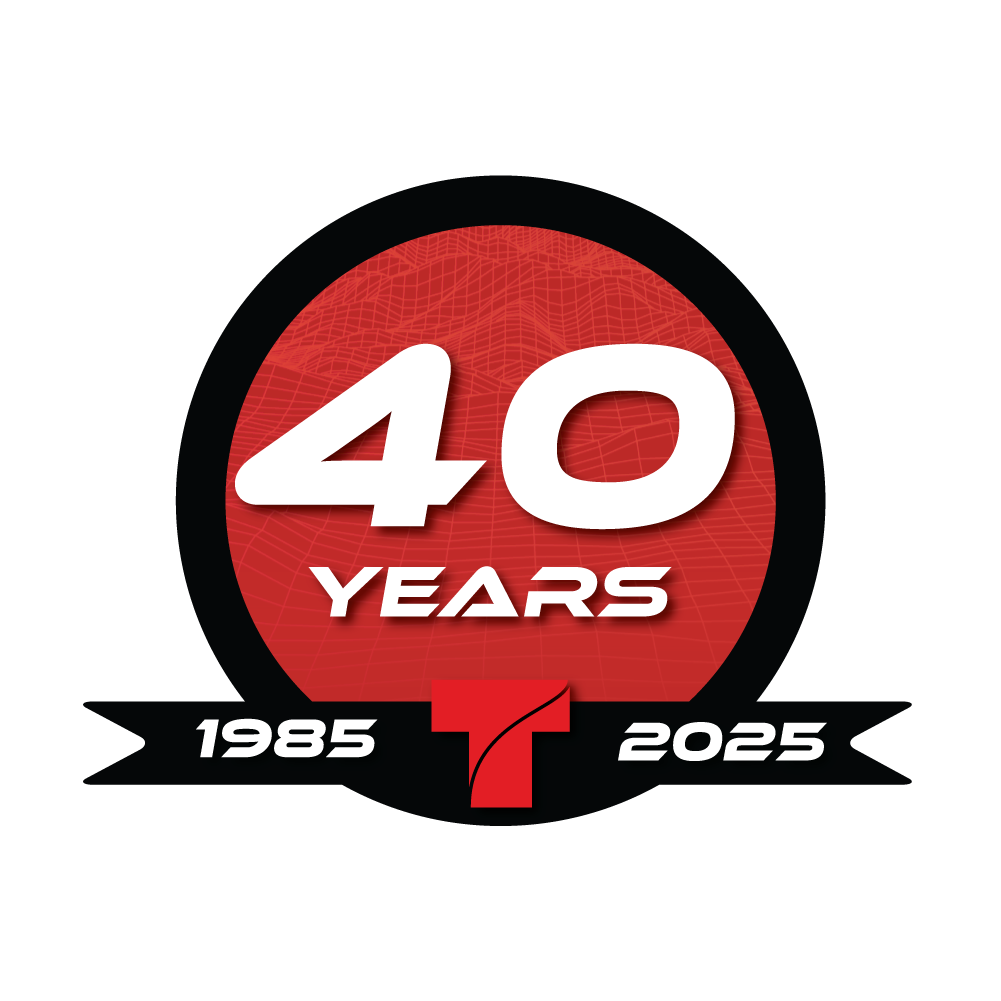Geospatial at the Local Level
Daily, local municipalities and citywide organizations use data-driven technology to build infrastructures that increase equity, mobility, and overall quality of life. This data is collected with tools constantly connected to cloud databases that keep information to make real-time decisions.
The best case studies of this use come from so-called smart cities, but there are geospatial and GIS tools used by cities and townships of all sizes and in all phases of their digital transformation. Smart cities have been growing in the past several years, but that growth and the innovation that comes along with it has been accelerated exponentially due to the events of the last several months. A burgeoning number of data tools and the demand for transparency from civic leaders and planners have also been drivers of this growth.
GIS and geospatial tools are at the heart of local community growth initiatives, providing location-specific information in a hypergranular and contextualized way. GIS maps offer a visual way to convey complex data to those involved in the planning process with every level of technical knowledge — including residents and constituents. GIS also allows emergency response managers to predict and track elements like extreme weather and natural disasters.

Choosing and Using Local Geospatial Tools and Data
Getting a return on investment means knowing what to look for in a platform that’s best suited for the specific application. Keep these considerations in mind:
- Data tsunamis can cause paralysis for those whose role doesn’t lend itself to a deep understanding of analyzing a massive influx of information. Without an intuitive dashboard and layout, government officials — who already have so much on their plates — could quickly become overwhelmed trying to find relevant information and draw insight from it.
- To that note, the solution you choose or build must work with the data-collection and municipality systems already in place. Their way to do this (efficiently) is by customizing and personalizing the GIS platform before adopting it. Users are then able to control the outcomes they’re looking for fully.
- Data privacy is a massive issue for city constituents, who may already have mixed feelings about surveillance tools throughout their community. Stakeholders, too, need to have peace of mind that a breach won’t impact their reputation. GIS platforms must offer end-to-end encryption to protect that data and secure it from bad actors.
- Having only one user or team member who knows how to use the platform creates a silo that slows down productivity. The GIS platform you utilize needs to allow users of all groups to find the data they need quickly and easily without requiring expertise to do so. Training materials should be easy to find and understand, as well.
- Local government officials are no strangers to clunky, outdated legacy systems that are expensive or impossible to update. GIS platforms should fall under that umbrella; you’ll want to choose a solution that can expand with your city or municipality without growing pains. It should be easy to add features as you add sensors and tools to track data.

Work With Qualified Geospatial Experts
GIS platforms should offer data integration. Gone are the days when each department or organization operated on its separate platforms; imagine the domino effect if just one of those servers went down. If there is a continuity issue, integration means that only one vendor will need to be contacted for a fix.
Growing a city or municipality is a complex dynamic process, and the right GIS platform can become a cornerstone of that growth. Make sure you’re working with a team of experts who will work closely with your team to create that platform — like our geospatial experts.
We are committed to providing services and platforms for geospatial solutions, seamless one-feature-one-time map production, world-class city or municipality wayfinding, and integrated public transport information, all of which help a municipality grow and thrive. Join our team today and discover how to help grow your career by developing GIS tech that drives progress.















